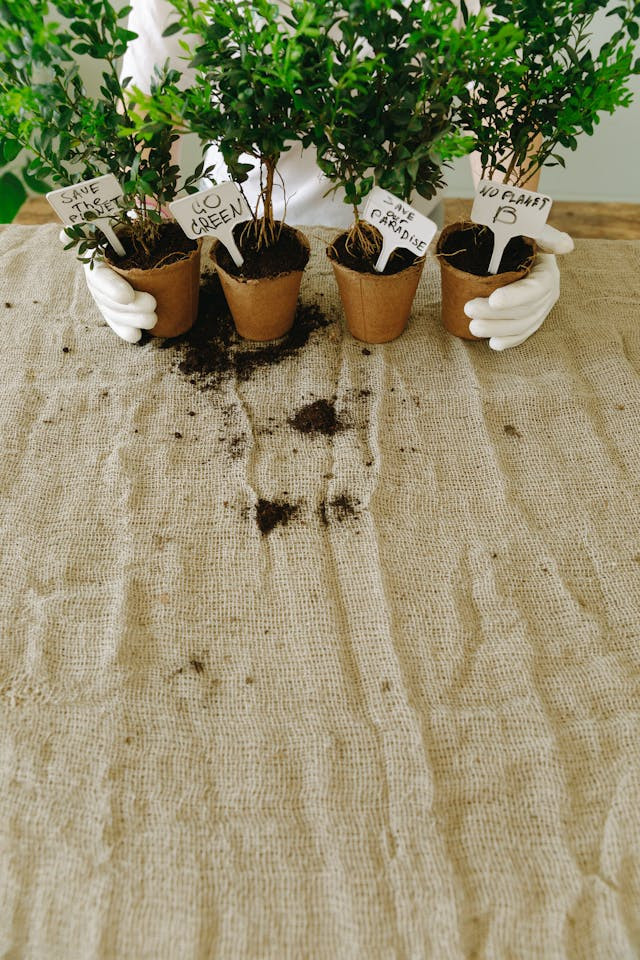Whether you're a seasoned horticulturist or a weekend gardening enthusiast, one simple yet essential tool can bring order and ease to your green space—garden plant labels. These humble markers are often overlooked, but they can make a big difference in how you manage, enjoy, and grow your garden.
Why Use Garden Plant Labels?
In a garden full of lush leaves and vibrant blooms, it's easy to forget what's been planted where, especially in the early stages of growth when many plants look alike. Garden plant labels help you keep track of plant names, varieties, planting dates, and even care instructions. This is especially helpful in vegetable and herb gardens, where correct identification is crucial for harvesting and crop rotation.
For perennial gardens, labels serve as a record of what’s thriving in each spot, helping you plan for future seasons. For seed starters, they’re a lifesaver, ensuring you don’t mix up your seedlings before they reach maturity.
Types of Plant Labels
There are many options available when it comes to garden labels, ranging from simple to stylish:
- Plastic Labels: Affordable, durable, and easy to write on. Ideal for temporary use or indoor seed trays.
- Wooden Stakes: Biodegradable and natural-looking, they blend in well with the garden aesthetic but may not last as long.
- Metal Tags: Long-lasting and weather-resistant, metal labels are perfect for permanent plantings and add a touch of elegance.
- Slate or Stone Markers: A more decorative option, great for ornamental gardens where appearance matters.
- DIY Options: Reuse materials like wine corks, broken pots, or painted spoons for a personalized, eco-friendly touch.
What to Include on a Label
At a minimum, your plant label should include the plant's name—both common and scientific, if possible. You might also include:
- Variety or cultivar
- Planting date
- Watering needs or sun requirements
- Notes on bloom time or harvest period
Use waterproof pens or paint markers to ensure your labels withstand rain, sun, and watering.
Tips for Effective Labeling
- Consistency Is Key: Use a uniform format and style across your garden to make labels easy to read and interpret.
- Position Thoughtfully: Place labels where they’re easy to spot but won’t get buried under foliage.
- Weatherproofing: Laminate paper tags or use weather-resistant materials to prevent fading and deterioration.
- Maintenance: Check your labels periodically for legibility and replace any that have worn out or gone missing.
A Garden Journal in the Making
With proper labeling, your garden becomes not just a place of beauty and harvest, but also a living journal. Labels help you learn from your garden over time—what works, what doesn’t, and how each plant contributes to the ecosystem you’re building.
So next time you’re planning your planting, don’t forget to pick up a batch of garden plant labels. They may be small, but their impact is mighty.

